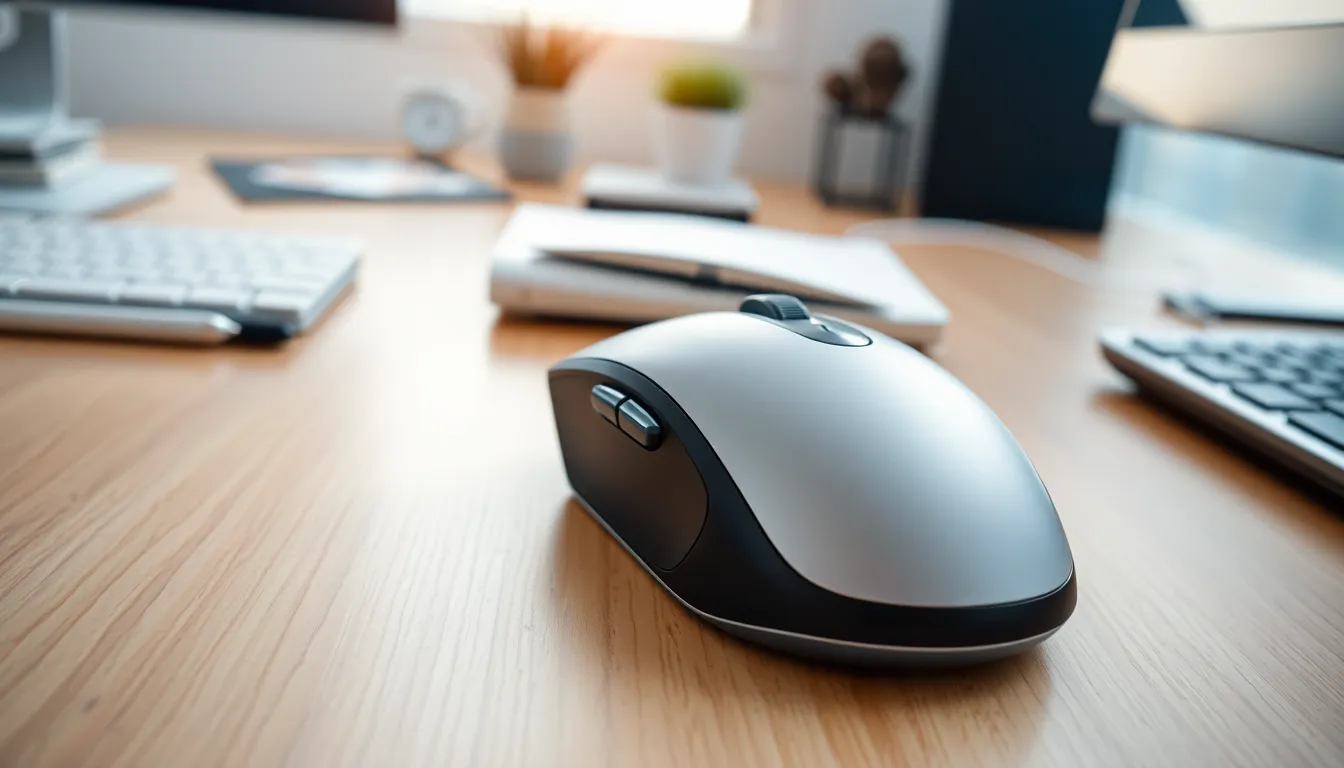Desk-sharing is now a mainstream office model, with one 2025 survey showing that some 60% of North American employers surveyed use desk sharing, compared to just 40% with the one-person-per-desk model. The reason desk sharing is so well-suited to modern office life is the rise of hybrid work. Currently, organizations target a desk-sharing ratio of between 1.2 and 1.8 employees per desk, while in remote-heavy companies, the ratio reaches 3.0. Desk sharing allows reductions in office space requirements of up to 40%, with many companies reporting big savings in equipment purchase and office rental. Of course, desks aren’t the only things being shared by modern teams. Equipment such as laptops, computer monitors, keyboards, staplers, and other essentials are also being utilized by more than one staff member. How, then, can savvy companies ensure that both desks and equipment are accessible to all?
Activity-Based Working Areas
Organizations need to create different zones for different types of work and make each of these zones bookable by employees. Typical zones employees may require include focus areas for solo work, collaboration hubs for team members who need to work together, private areas for phone calls, meeting areas for attending to clients, and social areas for friendly interaction. All areas need to contain the specific shared equipment employees need to perform their jobs. For instance, areas for solo work could be fitted with standing desks and noise-free insulation, social areas could include shared coffee machines, while collaboration hubs could be filled with comfortable seating, whiteboards, and equipment for recording group creative sessions.
Harnessing the Benefits of Booking Software
Hybrid teams don’t just share equipment on-site; they may also have to share equipment they use at home, such as laptops, calculators, recorders, camcorders, and more, depending on the sector they work in. Management can help ensure employees have the necessary equipment to fulfill their roles efficiently at home by utilizing desk-sharing apps like Yoffix, OfficeSpace, Robin, or Eden Workplace, which simplify the booking process. Booking software enables employees to reserve desks based on their equipment needs, receive personalized suggestions based on their schedule or preferences, and designate a favorite desk for default use. It additionally empowers hybrid and remote employees by indicating the location of key equipment at all times, eliminating the need to email or call colleagues to find out the whereabouts of specific equipment.
Reducing Costs
Some remote or hybrid teams work on specific short-term projects that may require them to access equipment they wouldn’t usually need, such as laptops, measuring tools, or audiovisual equipment. Organizations looking to reduce their equipment budgets can keep employees well-equipped by selecting warehousing and deployment services that store materials and make them available on demand. These services automate tasks like device status updates and maintenance alerts, which allows teams to fix problems immediately and avoid waste and inefficiency. To manage laptops and other equipment efficiently, offices can utilize device-tracking tools that enable them to locate laptops for returns, repairs, or redeployment quickly.
Obtaining Feedback from Employees
It is essential to give employees feedback so they can identify areas for improvement, but it is just as vital to be willing to listen to their concerns. If you are setting up a shared equipment culture for the first time, ask your employees how they feel about it. Find out which equipment is suitable for sharing and which is best used by individual users. Ensure your staff have all the necessary equipment to achieve their goals, meet deadlines, and boost productivity. Let communication flow freely, too. When you buy new equipment, share the news with everyone and keep them updated so they remain motivated. Leave suggestion boxes so employees can feel free to make anonymous suggestions. Have one-to-one check-ins and inquire about issues that prevent employees from doing their best work.
Shared desks are a reality of modern hybrid offices. However, they present their own set of challenges, such as booking equipment, trying out new booking software tools, and giving feedback about their equipment needs. Managers can achieve a great deal by regularly checking in with employees to understand their needs, identify any issues, and explore ways to enhance the equipment sharing experience.


